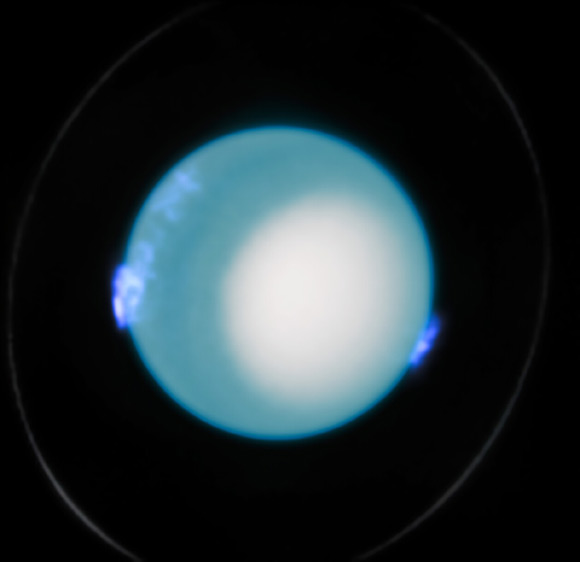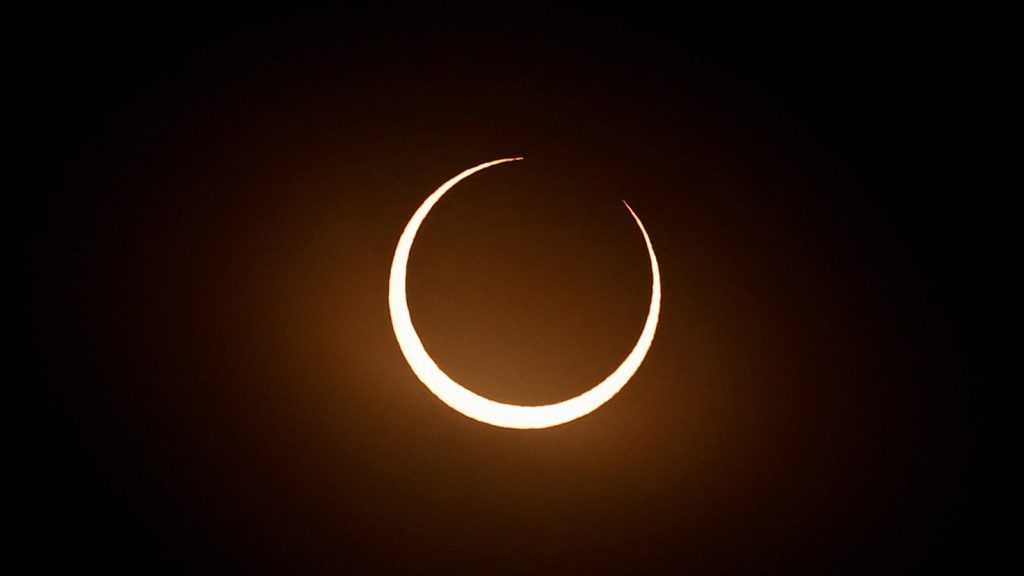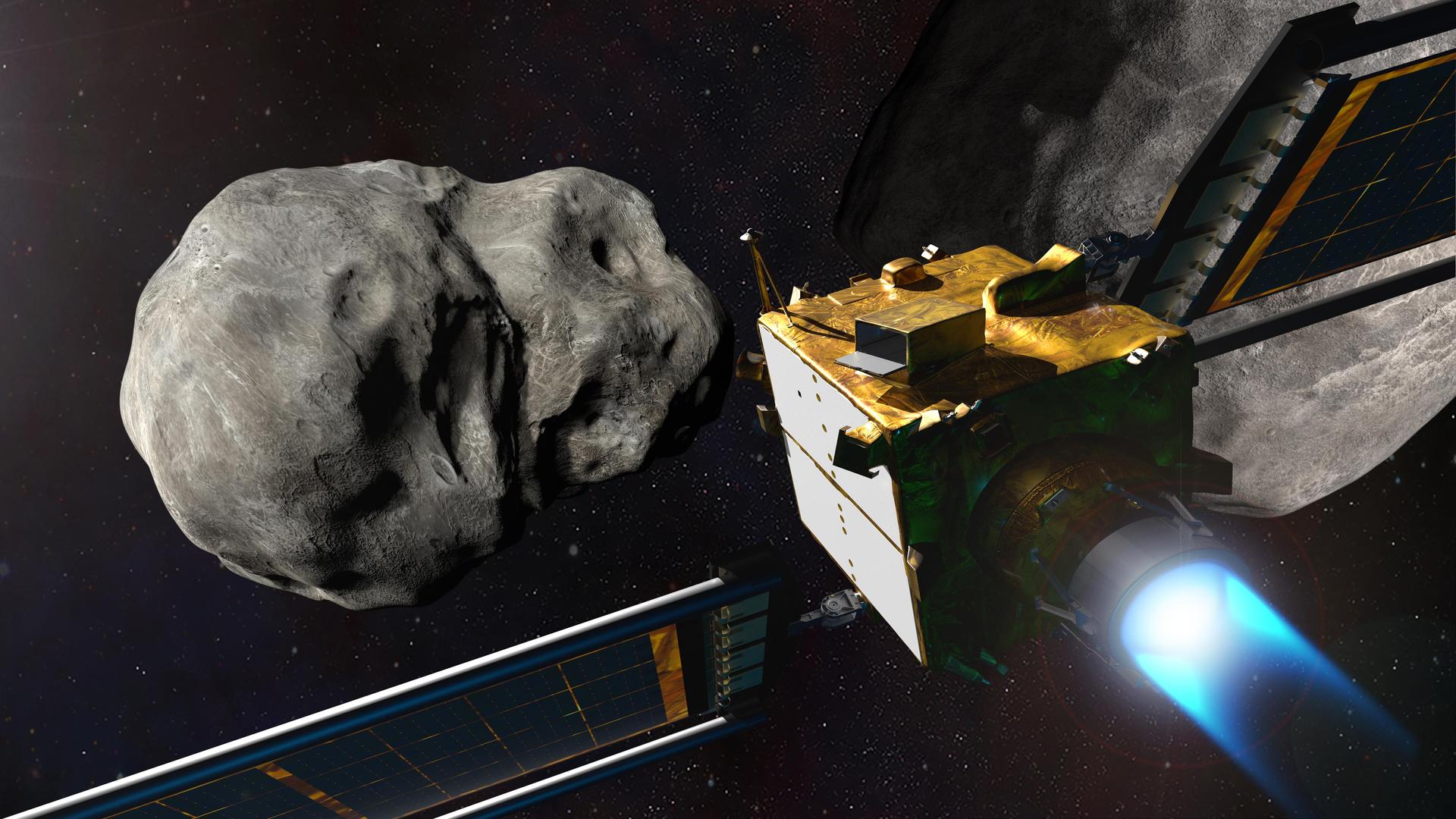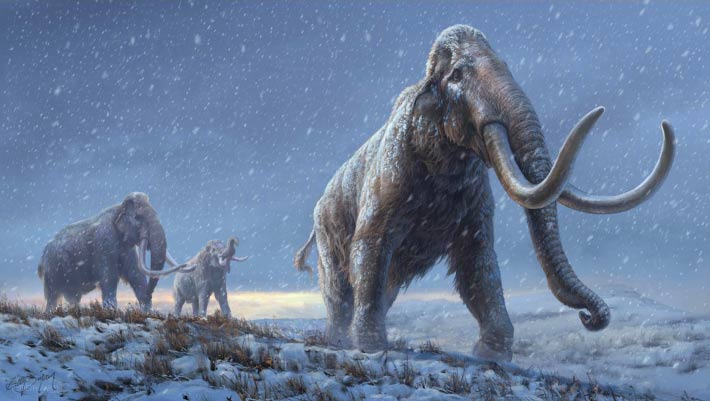Now Reading: Astronomers Achieve Breakthrough in Measuring Uranus’ Rotation Speed
1
-
01
Astronomers Achieve Breakthrough in Measuring Uranus’ Rotation Speed
Astronomers Achieve Breakthrough in Measuring Uranus’ Rotation Speed

Fast Summary
- Updated Rotation Period of Uranus: astronomers refined the rotation period of Uranus to 17.247864 hours, adding 28 seconds to the earlier estimate made by NASA’s Voyager 2 in 1986.
- Research methodology: Long-term Hubble observations (2011-2022) of ultraviolet aurorae facilitated tracking magnetic pole positions and achieving extreme precision.
- Significance: The improved longitude system resolves prior inaccuracies in Uranus’ coordinate systems, aiding in consistent magnetic field tracking over decades.
- Scientific Insights: Uranus’ aurorae behave unpredictably due to its tilted and offset magnetic field from its rotational axis,distinguishing it from other planets like earth or Jupiter.
- Future Implications: The findings pave the way for enhanced magnetosphere studies and upcoming missions focused on exploring Uranus further.
- Publication Source: Results published in nature Astronomy, April 2025.
Image Caption:
This image of Uranus’ aurorae was taken by Hubble on October 10, 2022. (Image credit: NASA / ESA / Hubble / L. Lamy / L. Sromovsky)
Stay Informed With the Latest & Most Important News
Previous Post
Next Post
Loading Next Post...



























